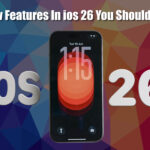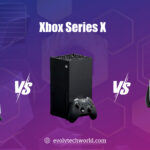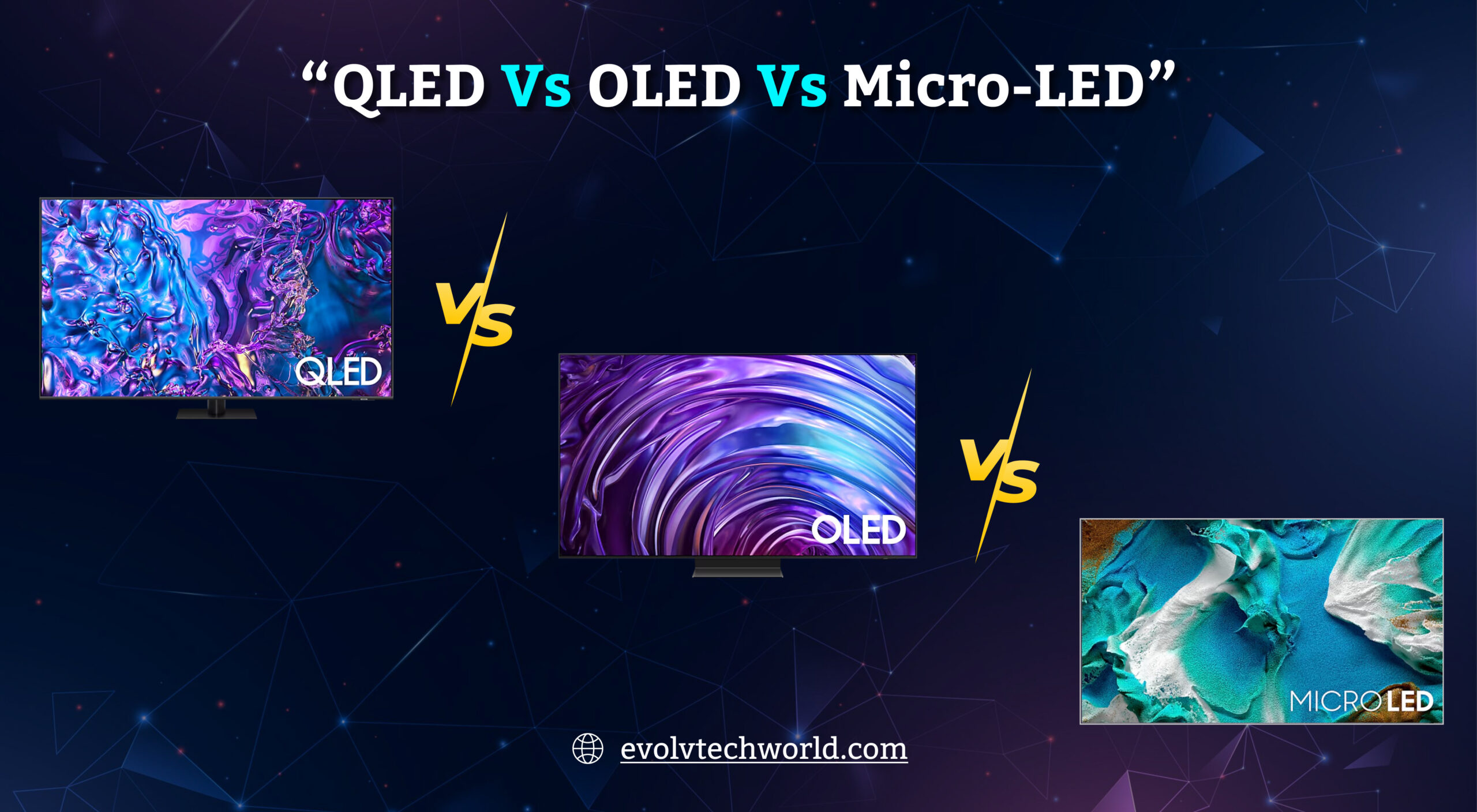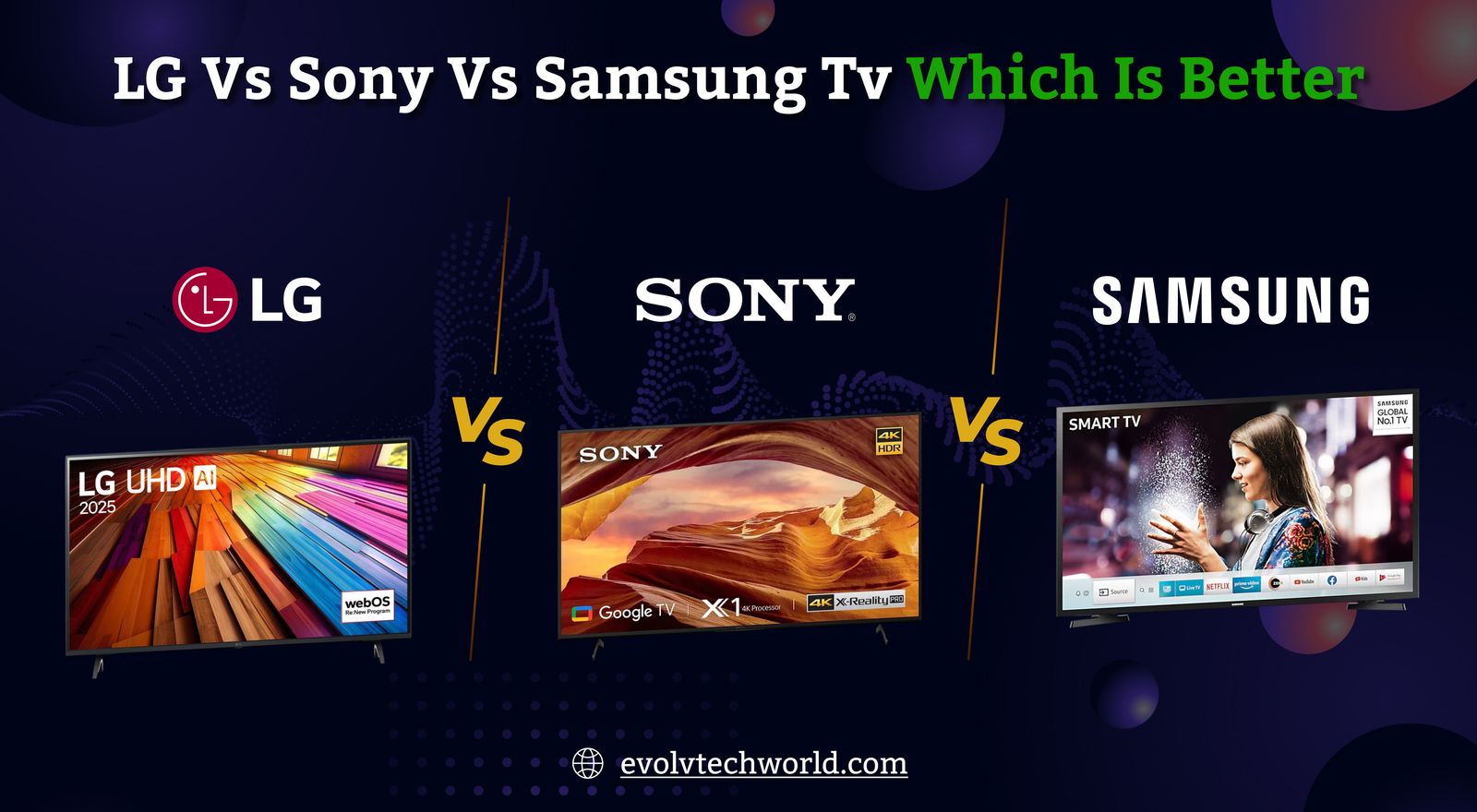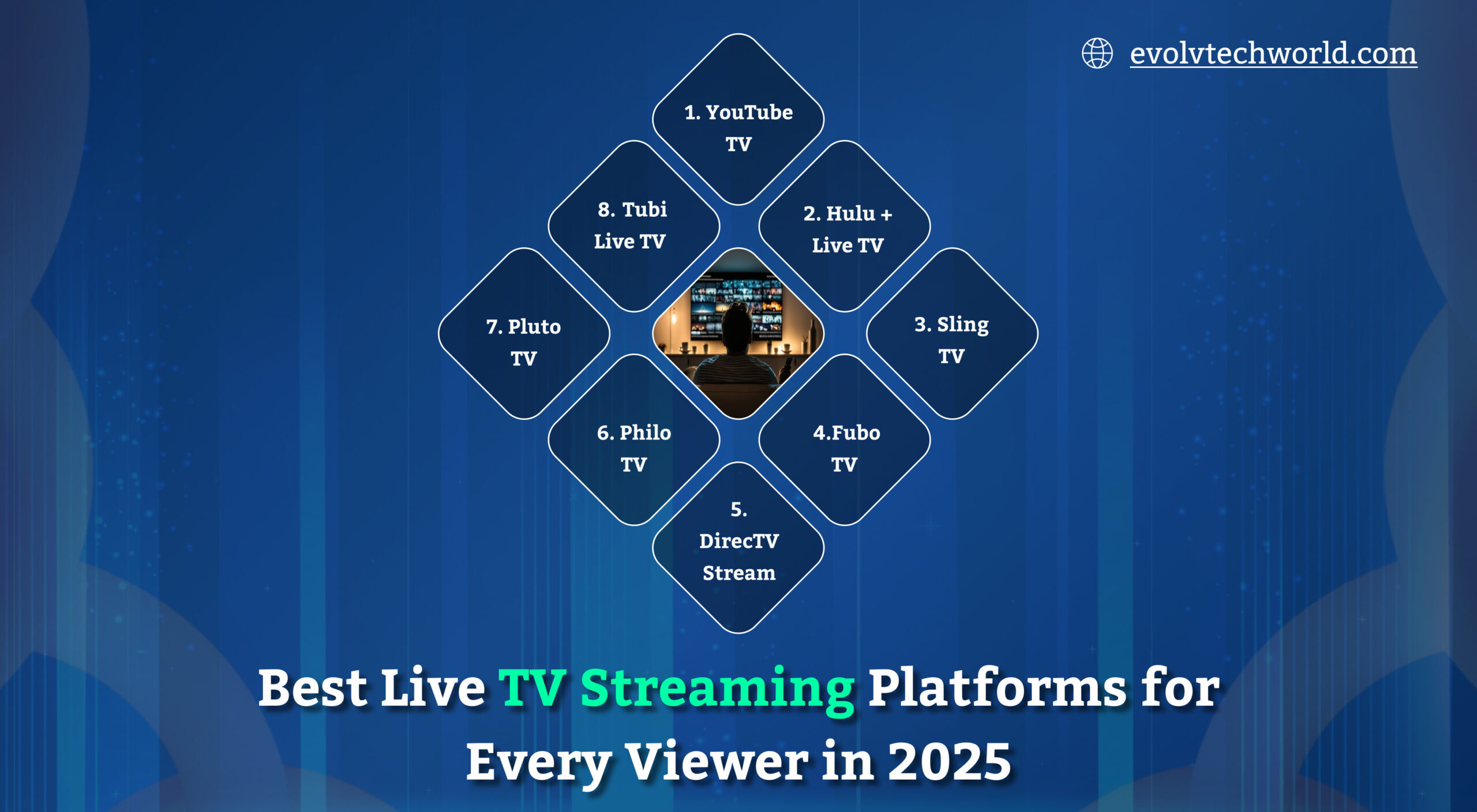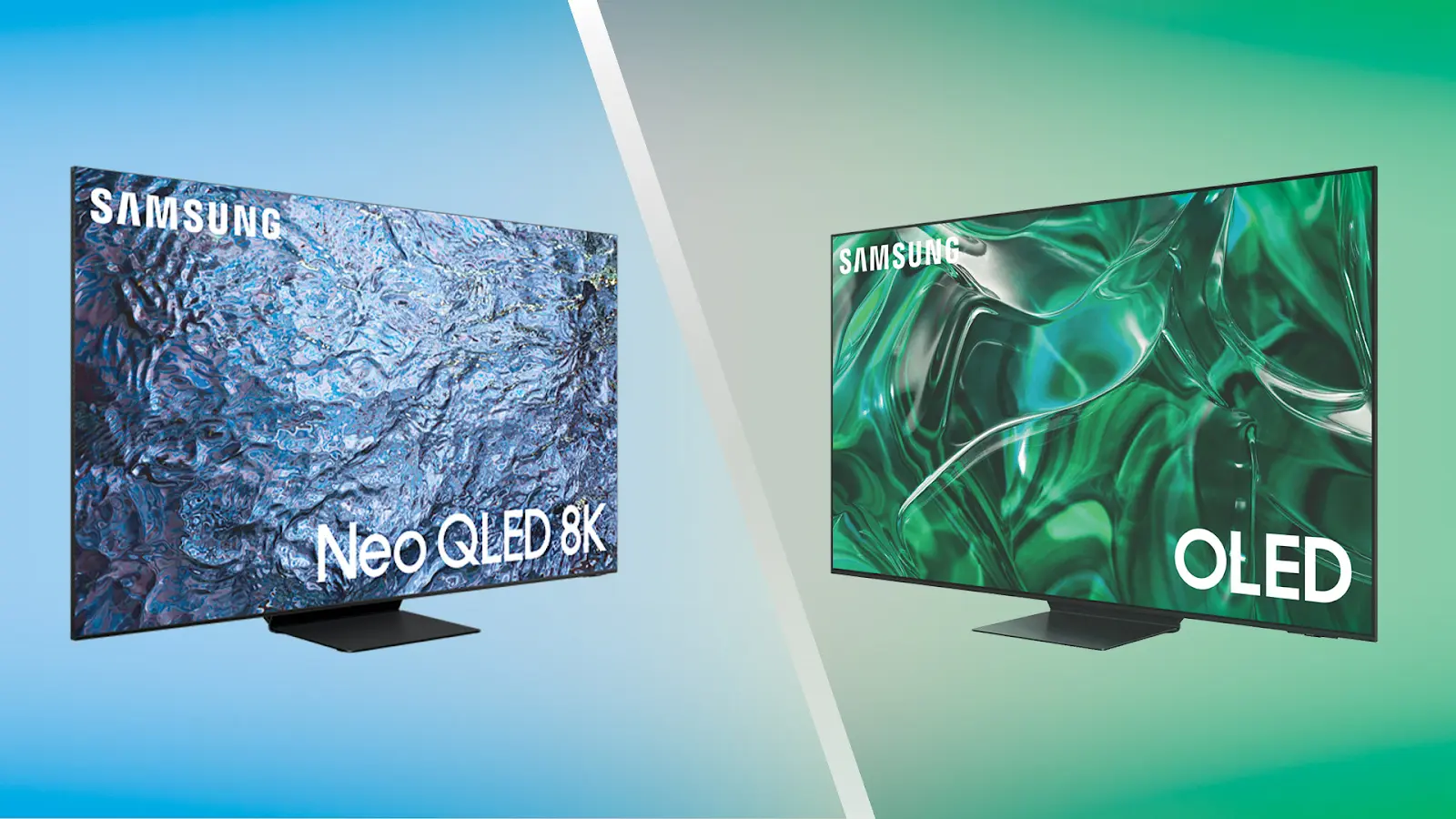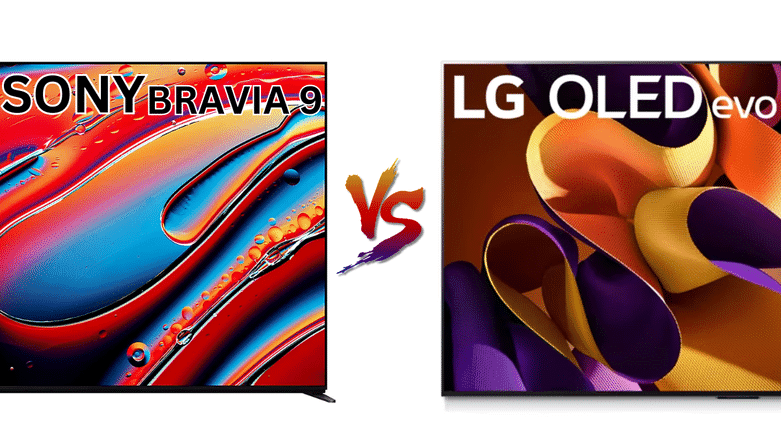
Two of the greatest TVs available in 2024 are the LG G4 and the Sony Bravia 9. While the Bravia 9 uses a Mini LED display, the LG G4 sticks with its signature OLED technology. This difference in display type is a major factor in how these TVs perform. Beyond that, they also vary in areas like HDMI 2.1 features, software experience, and overall design. Are you unsure about which one is best for you? Read on for a simple breakdown of their display technologies, key specifications, and standout features.
Sony Bravia 9 vs LG G4: Key Specifications at a Glance
| SPECS | Sony Bravia 9 (XR90) | LG G4 OLED EVO |
|---|---|---|
| Panel Type | VA (QD) Mini LED | WOLED (MLA) |
| Resolution | Refresh rate | 4K (3,840 x 2,160) | 120Hz | 4K (3,840 x 2,160) | 120Hz |
| HDMI 2.1 support | On 3rd and 4th HDMI port | Full support on 4 ports |
| Speaker output | channel | 70W | 2.2.2CH | 60W | 4.2CH |
| Power standby | max | 0.5W | 345W | Under 0.5W | 175W |
| Software | Google TV | WebOS 2.4 |
| Remote OTT hotkeys | 6 | 6 |
Sony Bravia 9 vs LG G4: Screen Sizes and Prices in India
| Sony Bravia 9 Prices | LG G4 Prices |
|---|---|
| 75-inch: ₹4,49,990 85-inch: ₹5,99,990 | 55-inch: ₹2,39,990 65-inch: ₹3,19,990 77-inch: Not available online 97-inch: Not available online |
Sony Bravia 9 vs LG G4: Display Comparison
The key difference between these two flagship TVs lies in their panel technology. The Sony Bravia 9 features a VA (Quantum Dot) panel with a Mini LED backlight, while the LG G4 is equipped with a WOLED panel enhanced by a Micro Lens Array (MLA). This distinction plays a significant role in their performance, especially in terms of contrast.
Perfect blacks and infinite contrast can be achieved by turning off individual pixels on OLED panels, such as the LG G4. In comparison, LCDs, even with Mini LED backlighting and Sony’s advanced XR Contrast Booster 3.0, rely on dimming zones. This can sometimes result in blooming, where bright areas bleed into darker ones.
Both TVs are compatible with HDR standards, including HDR10 and Dolby Vision. However, OLED’s ability to deliver pitch-dark blacks and superior contrast is unmatched. On the other hand, LCD panels, including the Bravia 9, excel in brightness. LCDs are generally brighter than OLEDs, even with the LG G4’s MLA-enhanced Brightness Booster. This higher brightness makes the Bravia 9 better suited for bright environments, offering improved visibility in sunlight, enhanced highlight details, and better reflection management.
When it comes to experiencing content as intended by creators, the LG G4 offers Filmmaker Mode, while the Bravia 9 includes Professional Mode. Sony also goes a step further with calibrated modes for specific content platforms like Sony Pictures Core, Netflix, Amazon, and IMAX Enhanced.
While these features cater to general viewing, let’s now dive into how these display technologies perform specifically for gaming.
LG G4 vs. Sony Bravia 9: Connectivity and Gaming Features
When it comes to connectivity, the LG G4 takes the lead by offering HDMI 2.1 support on all four ports. In contrast, the Sony Bravia 9 provides HDMI 2.1 features only on Ports 3 and 4. Both TVs leverage HDMI 2.1 for advanced gaming and media features, including 4K playback at 120Hz, eARC (Enhanced Audio Return Channel), ALLM (Auto Low Latency Mode), SBTM (Source-Based Tone Mapping), and VRR (Variable Refresh Rate).
In terms of refresh rate, the Sony Bravia 9 supports dynamic refresh rates between 48Hz to 120Hz, while the LG G4 offers a broader range, adjusting between 40Hz to 144Hz for smoother gameplay and enhanced responsiveness.
For wireless connectivity, the Sony Bravia 9 comes with Wi-Fi 6 and Bluetooth 5.3, providing fast and reliable connections. Meanwhile, the LG G4 is equipped with the newer Wi-Fi 6E standard, which offers enhanced bandwidth and reduced interference, but supports Bluetooth 5.2.
These differences in connectivity and gaming features could be deciding factors based on how you plan to use your TV, especially for gamers looking for peak performance and flexibility.
Sony Bravia 9 vs. LG G4: Intelligent Software & Features
The Sony Bravia 9 runs Google TV (version 12), while the LG G4 uses WebOS 24. Both offer unique interfaces and approaches to content curation. Google TV boasts a larger app library (over 10,000 apps) through the Google Play Store, while WebOS focuses on tailored features and simplicity.
Google TV Features:
- Watchlist, personalized recommendations, Kids profiles
- Matter support, Google Photos integration
WebOS Features:
- Full web browser, sports alerts, AI enhancements
- LG WOW Interface, WOW Orchestra, WOWCast
- Matter support and LG Sound Sync
Both TVs support hands-free Google Assistant, Chromecast, AirPlay 2, and HomeKit. However, LG promises four WebOS updates (up to version 28), while Sony has not shared an update roadmap for its Google TV OS.
Sony Bravia 9 vs LG G4: Design
The Sony Bravia 9 has a two-foot adjustable stand, while the LG G4 has a center stand. The LG stand feels sturdier but takes up more space. Both TVs allow cable management through their stands for a clean, premium look.
In terms of build, the LG G4 has a sleeker side profile with a metal back, while the Sony Bravia 9 is thicker and has a plastic back. The LG remote is larger, but both remotes offer plenty of buttons and OTT hotkeys.
Key Takeaways
- LG G4: Sleeker design, more HDMI 2.1 ports, clear WebOS update promise, and more screen size options.
- Sony Bravia 9: Brighter Mini LED display, supports up to 144Hz refresh rate, and a smoother Google TV experience.
We haven’t tested these TVs yet, so stay tuned for a final verdict!


